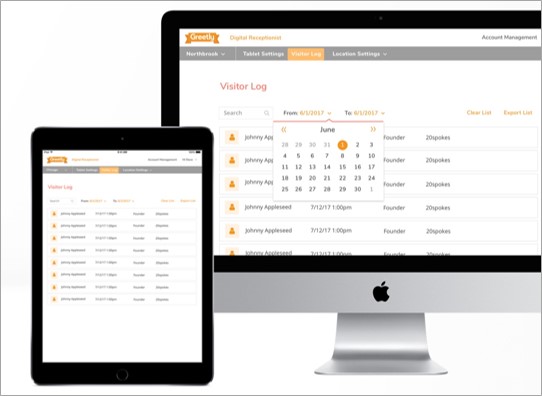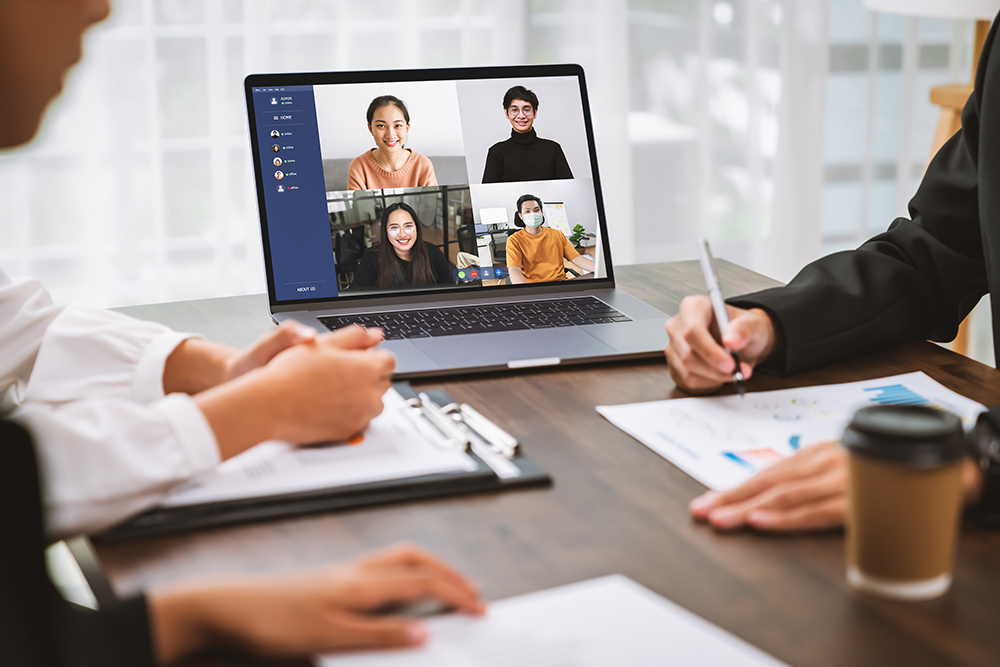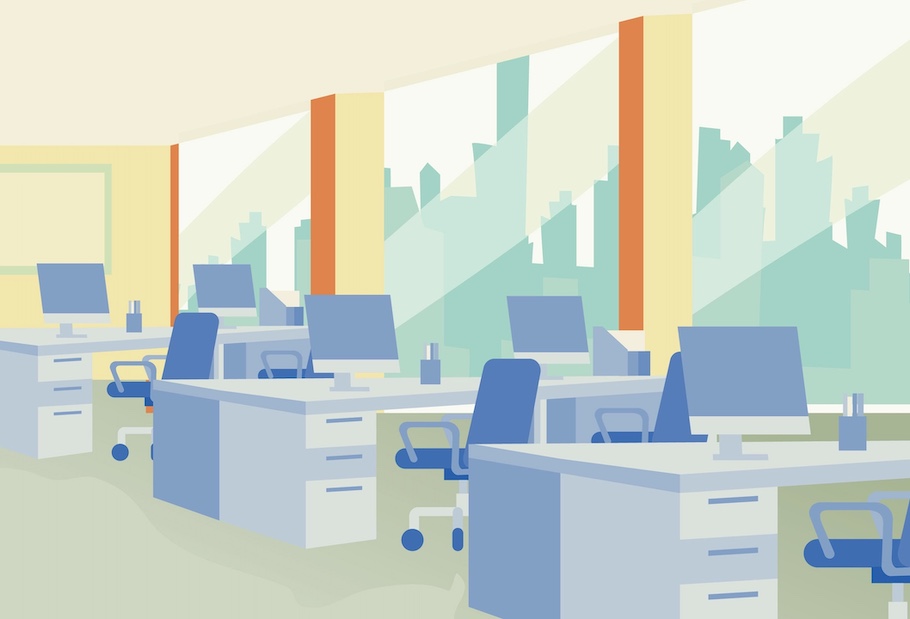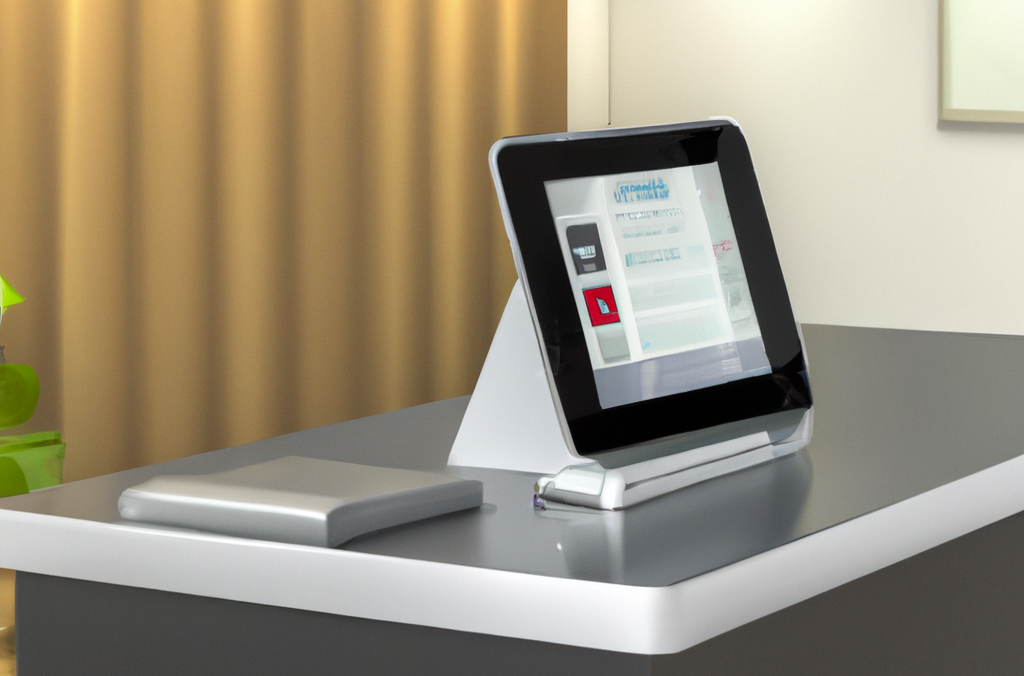Originally published by AllTopStartups. Re-posted with permission.
When the pandemic hit the world, no one could have foreseen how it would have changed the corporate world. Initially, many companies were forced to tell their employees to stay at home and wait until their lockdown was lifted, but it soon became apparent that their timeframes were off. To soften the blow, many companies decided to let their staff work from home and in doing so. The question is, how do the offices of the future look?
As It Was
 Not all companies that have survived lockdown are too keen on the work-from-home model. Instead, they are looking to return to work from the office. However, there are some aspects of office life that they are willing to forego. Visitor management software has made the administration around new visitors to your company much less cumbersome.
Not all companies that have survived lockdown are too keen on the work-from-home model. Instead, they are looking to return to work from the office. However, there are some aspects of office life that they are willing to forego. Visitor management software has made the administration around new visitors to your company much less cumbersome.
With a little training, front office staff can use the Greetly software suite to engage with new visitors and record their experience without any hassles. The software is intuitive and can provide you with crucial data to better engage with your customers.
The software also enables you to make and confirm appointments at the touch of a button. The software automatically checks in on customers and reminds them of pending meetings or appointments.
The Clubhouse Model
A new model that has received great traction in recent months is the clubhouse model. The office is no longer the single space where everyone gets together every morning to discuss the happenings of the week. Instead, this model proposes that the office works like a clubhouse where employees only get together occasionally to discuss crucial events and deadlines.
Although they get to spend some time with everyone, they also get to go home and do their prescribed work in peace and calm. In this model, an office is only a place where employees meet and share their experiences, grievances and touch base with the rest of the team. It serves the same function as a halftime huddle in sports to get everyone on the same page again.
Activity-Based Working
Several companies were forced to look at the dynamics of their workforce and realized that the office block is never at full capacity anymore. There is not a given moment where all the desks are occupied.
As a result, they have reduced their desk spaces and have issued all their workers with portable devices. Now, staff can do their office work, but they can do so from the canteen, an open desk, or a coffee shop across the road or any available space. As long as they are close enough o be called in for a meeting when needed.
Hub and Spoke Model
 The Hub and Spoke model implies that there is no single big office where everyone gets together, but rather several satellite offices where staff can still get together. Although this is not a new office model, it has shrunk in volume.
The Hub and Spoke model implies that there is no single big office where everyone gets together, but rather several satellite offices where staff can still get together. Although this is not a new office model, it has shrunk in volume.
Some companies employed this model because their business has grown so much. Employees are very keen on working in this model as it generally eliminates the need for excessive commuting.
Full Virtual Office
When people speak about remote work, this is the model that most people think about. This is the model where there is no physical office. Employees work from virtually any place in the world. If there is a decent internet connection, they can do their work.
This squashes expensive lease contracts and allows companies to rather spend some money on equipping their staff which is much less expensive than renting office space, to begin with.
The question with long-term virtual offices remains – can organizations maintain productivity with no in-person collaboration.




